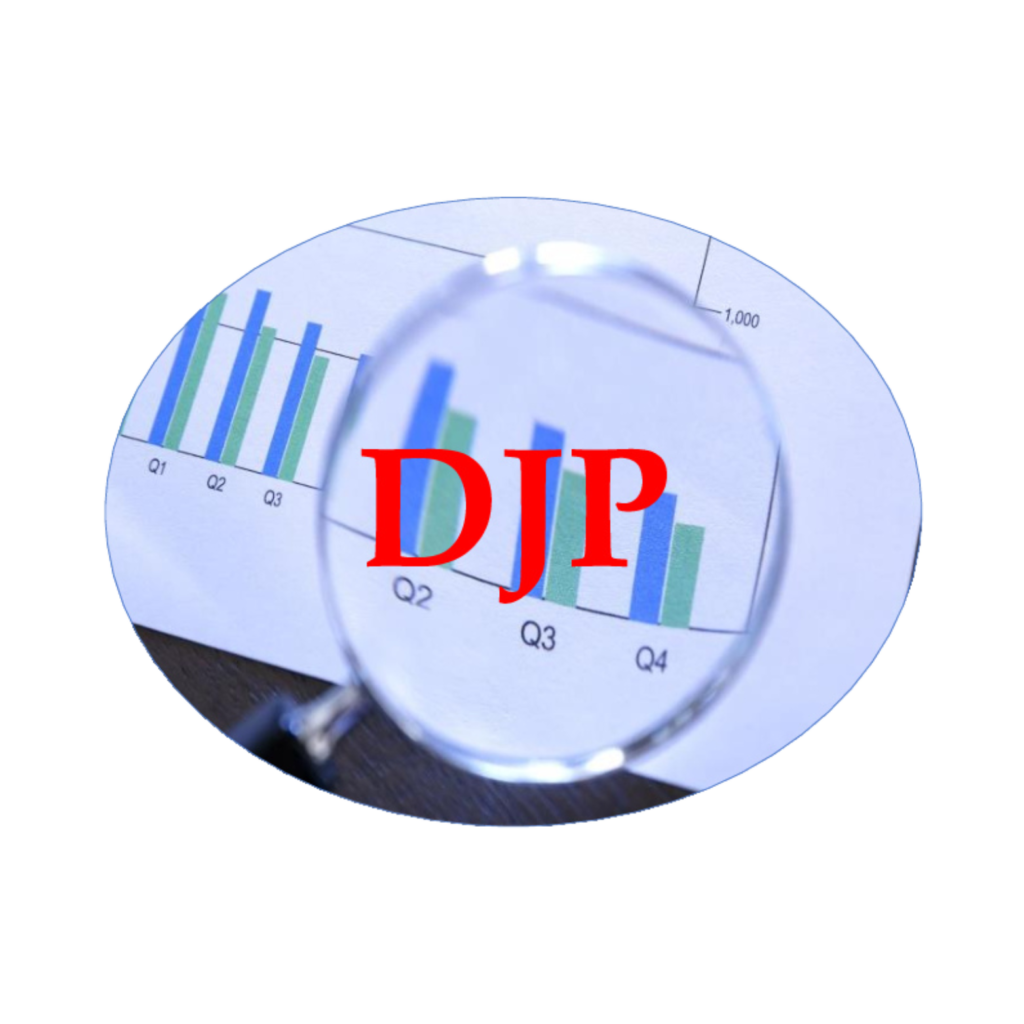
Article History
Received: 16 June 2024
Accepted: 18 June 2024
Published: 03 July 2024
MEMBER:

Volume 2, Issue 1, 2nd Quarter 2024, pp. 21 – 33
Forecasting the Unemployment Rate in the Philippines using Box-Jenkins Methodology: Advancing Economic Strategies for Sustainable Development Goals
Authors:
Joemarie A. Pono
Abstract:
Unemployment remains a critical macroeconomic issue in Southeast Asia, significantly impacting the
Philippines. This study aims to forecast the unemployment rate in the Philippines using ARIMA models to inform
policy decisions and economic planning. The study utilized ARMA model for time series forecasting, leveraging
past values and error terms to predict future data points. The methodology involved identifying suitable models
through stationarity tests and autocorrelation analyses, estimating model parameters, and conducting
diagnostic checks to ensure accuracy. Finally, the models were used to forecast future values and compute
confidence intervals, providing insights into potential future trends. Monthly unemployment data from 2019 to
2023 was analyzed using the ARIMA (1,1,0) model, selected for its optimal fit based on statistical criteria. Initial
findings indicated non-stationary unemployment data, necessitating first differencing to achieve stationarity.
The ARIMA (1,1,0) model showed robustness, evidenced by diagnostic checks and Portmanteau test results
confirming white noise residuals. Forecasts from 2024 to 2050 suggest fluctuating unemployment rates until
2034, followed by a gradual decline, indicating potential economic growth and improved labor market conditions.
These forecasts align with the broader goal of sustainable economic development and highlight the importance
of strategic policy interventions to foster job creation and economic stability in the Philippines. The study
highlights the efficacy of ARIMA models in capturing unemployment trends and aiding policymakers in
mitigating the socio-economic impacts of unemployment.
Keywords: unemployment rate, forecasting, ARMA model, Box-Jenkins Methodology, economic strategies,
Sustainable Development Goals
Indexed:


Licensed by:

Submit Articles:
A. CURATED/INHOUSE JOURNALS
1. Journal Description
2. Select Journal
a. Declaration of Originality
b. Select the Journal
c. Paper Formatting
d. Initial Manuscript Submission
e. Peer Review Process
f. Manuscript Revision
g. Editing Services
h. Final Manuscript Submission
i. Acknowledgement to Publish
j. Copyright Matters
k. Inhouse Publication

Article History
Received: 16 June 2024
Accepted: 18 June 2024
Published: 03 July 2024

Volume 2, Issue 1, 2nd Quarter 2024, pp. 21 – 33
Forecasting the Unemployment Rate in the Philippines using Box-Jenkins Methodology: Advancing Economic Strategies for Sustainable Development Goals
Authors:
Joemarie A. Pono
Abstract:
Unemployment remains a critical macroeconomic issue in Southeast Asia, significantly impacting the
Philippines. This study aims to forecast the unemployment rate in the Philippines using ARIMA models to inform
policy decisions and economic planning. The study utilized ARMA model for time series forecasting, leveraging
past values and error terms to predict future data points. The methodology involved identifying suitable models
through stationarity tests and autocorrelation analyses, estimating model parameters, and conducting
diagnostic checks to ensure accuracy. Finally, the models were used to forecast future values and compute
confidence intervals, providing insights into potential future trends. Monthly unemployment data from 2019 to
2023 was analyzed using the ARIMA (1,1,0) model, selected for its optimal fit based on statistical criteria. Initial
findings indicated non-stationary unemployment data, necessitating first differencing to achieve stationarity.
The ARIMA (1,1,0) model showed robustness, evidenced by diagnostic checks and Portmanteau test results
confirming white noise residuals. Forecasts from 2024 to 2050 suggest fluctuating unemployment rates until
2034, followed by a gradual decline, indicating potential economic growth and improved labor market conditions.
These forecasts align with the broader goal of sustainable economic development and highlight the importance
of strategic policy interventions to foster job creation and economic stability in the Philippines. The study
highlights the efficacy of ARIMA models in capturing unemployment trends and aiding policymakers in
mitigating the socio-economic impacts of unemployment.
Keywords: unemployment rate, forecasting, ARMA model, Box-Jenkins Methodology, economic strategies,
Sustainable Development Goals
Indexed:


Licensed by:

Submit Articles:
A. CURATED/INHOUSE JOURNALS
1. Journal Description
2. Select Journal
a. Declaration of Originality
b. Select the Journal
c. Paper Formatting
d. Initial Manuscript Submission
e. Peer Review Process
f. Manuscript Revision
g. Editing Services
h. Final Manuscript Submission
i. Acknowledgement to Publish
j. Copyright Matters
k. Inhouse Publication

Article History
Received: 25 June 2024
Accepted: 28 June 2024
Published: 03 July 2024

Volume 2, Issue 1, 2nd Quarter 2024, pp. 21 – 33
Forecasting the Unemployment Rate in the Philippines using Box-Jenkins Methodology: Advancing Economic Strategies for Sustainable Development Goals
Authors:
Joemarie A. Pono
Abstract:
Unemployment remains a critical macroeconomic issue in Southeast Asia, significantly impacting the
Philippines. This study aims to forecast the unemployment rate in the Philippines using ARIMA models to inform
policy decisions and economic planning. The study utilized ARMA model for time series forecasting, leveraging
past values and error terms to predict future data points. The methodology involved identifying suitable models
through stationarity tests and autocorrelation analyses, estimating model parameters, and conducting
diagnostic checks to ensure accuracy. Finally, the models were used to forecast future values and compute
confidence intervals, providing insights into potential future trends. Monthly unemployment data from 2019 to
2023 was analyzed using the ARIMA (1,1,0) model, selected for its optimal fit based on statistical criteria. Initial
findings indicated non-stationary unemployment data, necessitating first differencing to achieve stationarity.
The ARIMA (1,1,0) model showed robustness, evidenced by diagnostic checks and Portmanteau test results
confirming white noise residuals. Forecasts from 2024 to 2050 suggest fluctuating unemployment rates until
2034, followed by a gradual decline, indicating potential economic growth and improved labor market conditions.
These forecasts align with the broader goal of sustainable economic development and highlight the importance
of strategic policy interventions to foster job creation and economic stability in the Philippines. The study
highlights the efficacy of ARIMA models in capturing unemployment trends and aiding policymakers in
mitigating the socio-economic impacts of unemployment.
Keywords: unemployment rate, forecasting, ARMA model, Box-Jenkins Methodology, economic strategies,
Sustainable Development Goals
Indexed:


Licensed by:



